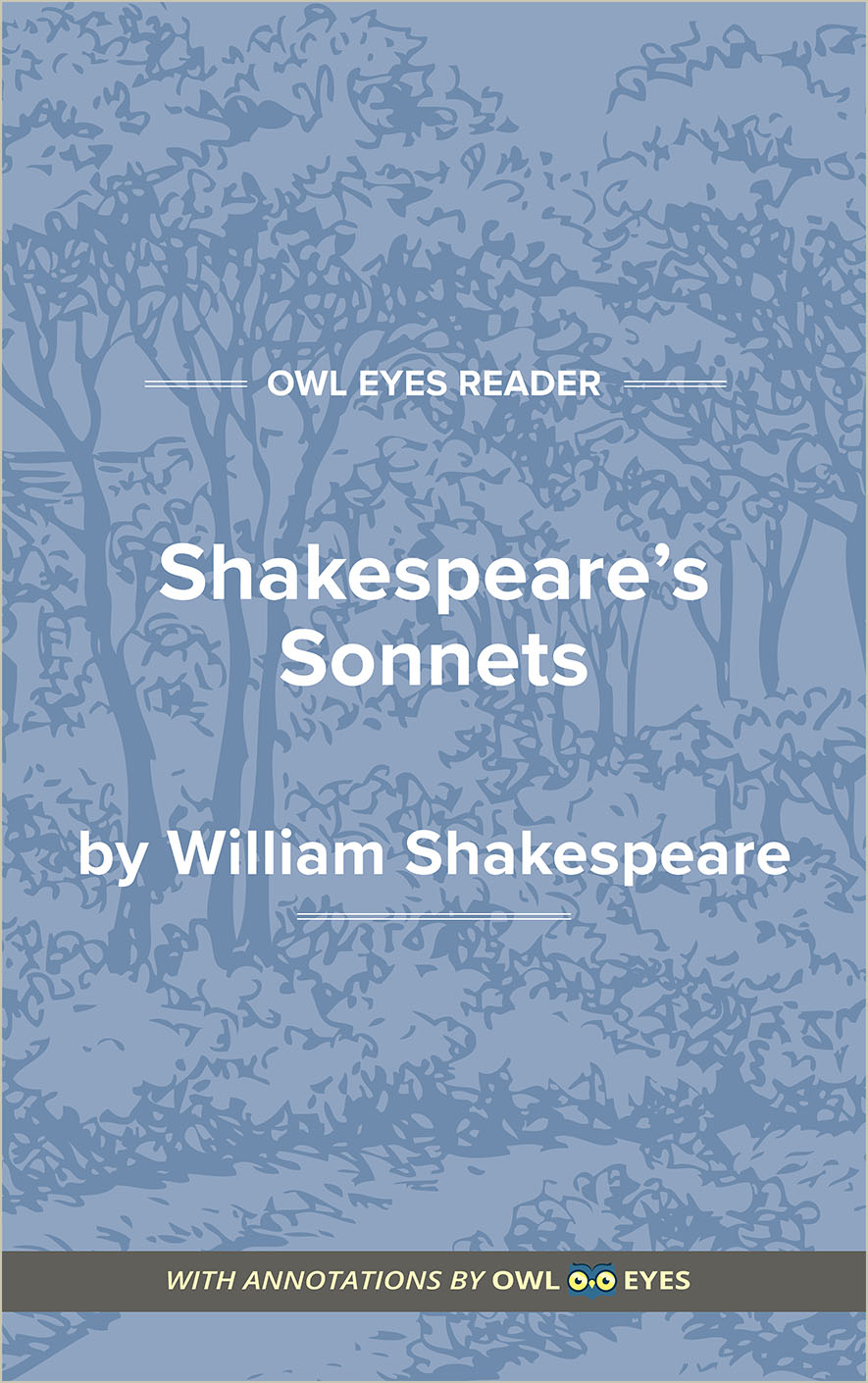Study Guide
Analysis Pages
Summary
Although William Shakespeare’s sonnets are generally considered to be among the most beautiful and most powerful poems in English literature, the attention of readers and scholars has more often centered on their possible biographical significance than on the literary qualities that give them their greatness. So little is known of the inner life of the poet, so little that helps to explain his genius, that it is not surprising to find critics minutely examining these lyrics that seem to reveal something of Shakespeare the man.
The sonnet sequence was one of the most popular poetic forms in the early 1590’s; modeled originally on works by Dante Alighieri and Petrarch, the genre developed in sixteenth century France and Italy and quickly reached England. Sir Philip Sidney’s Astrophel and Stella (1591), written a few years before the poet’s death in 1586, is a demonstration of how quickly the sonnet cycle achieved excellence in English. Edmund Spenser, Samuel Daniel, Michael Drayton, and many other well-known Elizabethan men of letters followed Sidney’s example, paying tribute to the idealized ladies who inspired their almost religious devotion.
Shakespeare’s poems, probably composed at intervals during the decade between 1590 and 1600, differ radically from the sonnets of his contemporaries in several ways. They are not based on the traditional Petrarchan theme of a proud, virtuous lady and an abject, scorned lover, and there is in them relatively little of the platonic idealism that fills such works as Spenser’s Amoretti (1595), in which the poet’s love for his lady lifts him above human weakness to contemplation of the divine. Shakespeare records a strangely ambiguous, tortured affection for a young nobleman; the emotions he expresses in his sonnets have a depth and complexity, an intensity, that can be encountered elsewhere only in the speeches of some of his greatest dramatic creations.
The narrative of Shakespeare’s sequence is exceedingly sketchy. Scholars have, in fact, rearranged the poems many times in an attempt to produce a more coherent “plot” than appeared in the volume published, without the author’s supervision, in 1609. It seems likely that the work as it now stands contains at least a few poems that were written as independent pieces, sonnets on popular Renaissance themes that have no real bearing on the subject of the sequence itself.
Three shadowy figures move through the reflections of the poet as he speaks in his sonnets. The most important is the “fair youth,” the young nobleman. The fervor of the language with which Shakespeare speaks of his feelings for the youth has led to considerable discussion of the precise nature of the relationship. It must be remembered that the Renaissance regarded the friendship of man and man as the highest form of human affection, for within this relationship there could be complete spiritual and intellectual communication, unmarred by erotic entanglements.
The nobleman is initially idealized in much the same way that most poets envision their ladies, as the embodiment of beauty and virtue. Unlike the typical lady of more conventional sonnets, however, he proves to be false and deceptive, shifting his attention to a rival poet, whose identity has been the subject of much speculation. The sequence records the narrator-poet’s despair at this betrayal and at the nobleman’s affair with the “dark lady,” the poet’s mistress, who is, in a sense, his evil genius. It is not the loss of the lady he regrets, for he knows her character all too well, but that his friend has yielded to her corruption. Throughout the sonnets the reader feels the poet’s agonized sense that there is nothing lastingly beautiful or virtuous.
While it is customary to speak of the “I” of the sonnets as Shakespeare, it is dangerously misleading to overlook the possibility that these poems are dramatic, that “I” is as vividly conceived a creature of Shakespeare’s mind as...
(The entire page is 2,324 words.)
Owl Eyes subscribers get unlimited access to our expert annotations, analyses, and study guides on your favorite texts. Master the classics for less than $5/month!

